The Wonderful Buzz of Katanning Landcare
Meet Ella Maesepp from Katanning Landcare, a long-standing community organisation that has just won the ACM Landcare Community Group Award at the 2021 WA Landcare Awards. Ella has been with Katanning Landcare since 2006, working with farmers to help improve the sustainable management of their land, as well as assisting people in town to develop more sustainable living practices. Ella has a wealth of knowledge and experience about the natural landscape and the community of Katanning.
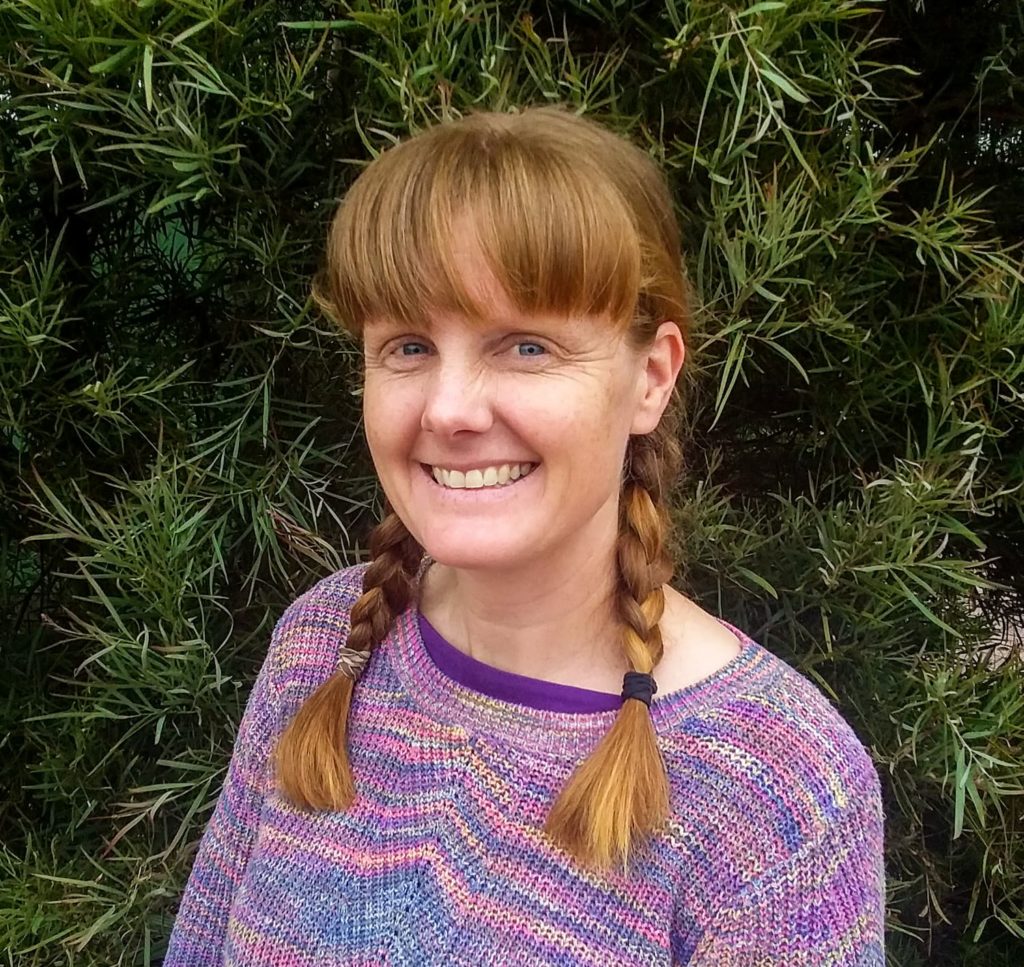
Katanning is really interesting from a botanical viewpoint because the western side of Katanning falls into the jarrah-marri forest, and the eastern end of our Shire is wandoo woodland and heading through into mallee in the far eastern end. So we have three really distinct vegetation groups across just one Shire.
We’ve also got some really great wildlife species. We have Carnaby’s Cockatoos, which are endangered. They travel over to the west coast for their feeding for half the year and then come back inland to bush reserves here in Katanning for their breeding. That’s really special and also really important − even if their feeding grounds are great over at the coast, if we don’t look after their breeding grounds that’s going to impact the entire species. So we’ve got this shared responsibility for the species.
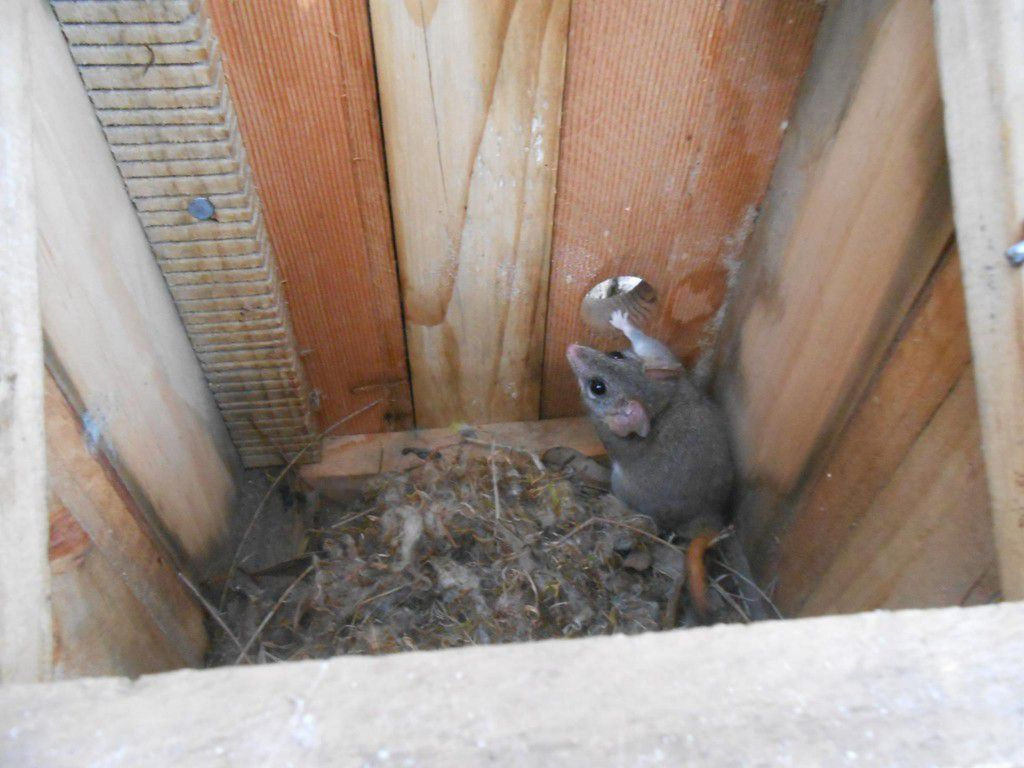
The rise of landcare
“There’s a lot of Shires that sit between 8 and 12% of native vegetation remaining. At 9%, Katanning is not quite bottom of the class, but you could argue that all the heavily cleared Shires like us sit together in the ‘bottom of the class’ when you consider the land surface area of the agricultural zone! It’s a phenomenal amount of land that’s been cleared, and a big job to try and restore and reconnect.
Early on, in the 1990s, erosion was a huge driver in getting landcare started in Katanning. People older than me talk about the dust storms that used to come in over town, from the farmland that was basically blowing away. It was an issue that was facing everybody so landcare really started to try and tackle it. And then as the dust storms were eventually brought under control, it evolved into salinity as the primary focus and major risk for landcare, even our townsite’s getting impacted by salinity as well as the farmland. So it was very, very visible. Then as time has gone on, I think biodiversity has become more prevalent in people’s minds. Even just in the last four or five years the issue of climate change has now emerged too. So many more people are aware of its impacts and that it’s not something in the future, it’s actually something we’re facing now. That urgency and the understanding of the issue is further driving landcare’s role is in this community – why it’s important to keep supporting landcare plus why people are engaging with landcare.”
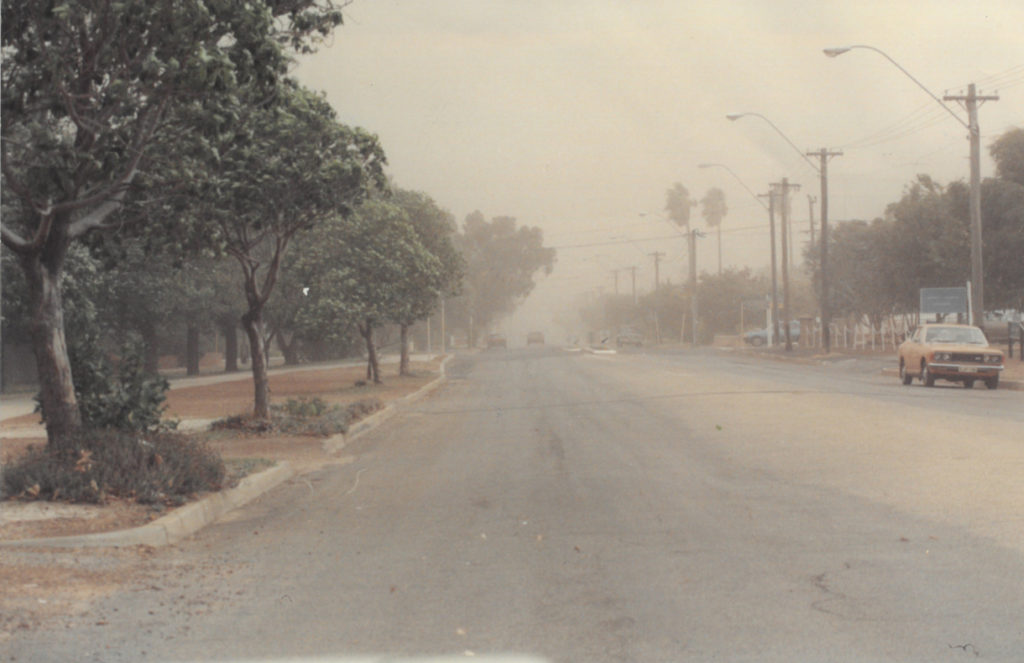
We sort of have become one of the big names in Australian Landcare groups which comes from a lot of things. We’ve been here for 30 years, so longevity is one thing, and we’ve had really good people and not just staff ‒ we’ve got this incredible committee and so many volunteers. Some of our committee members are in decades of service – you can’t overstate the impact of their skills and knowledge, their passion and their ability to really lead a stable ship.
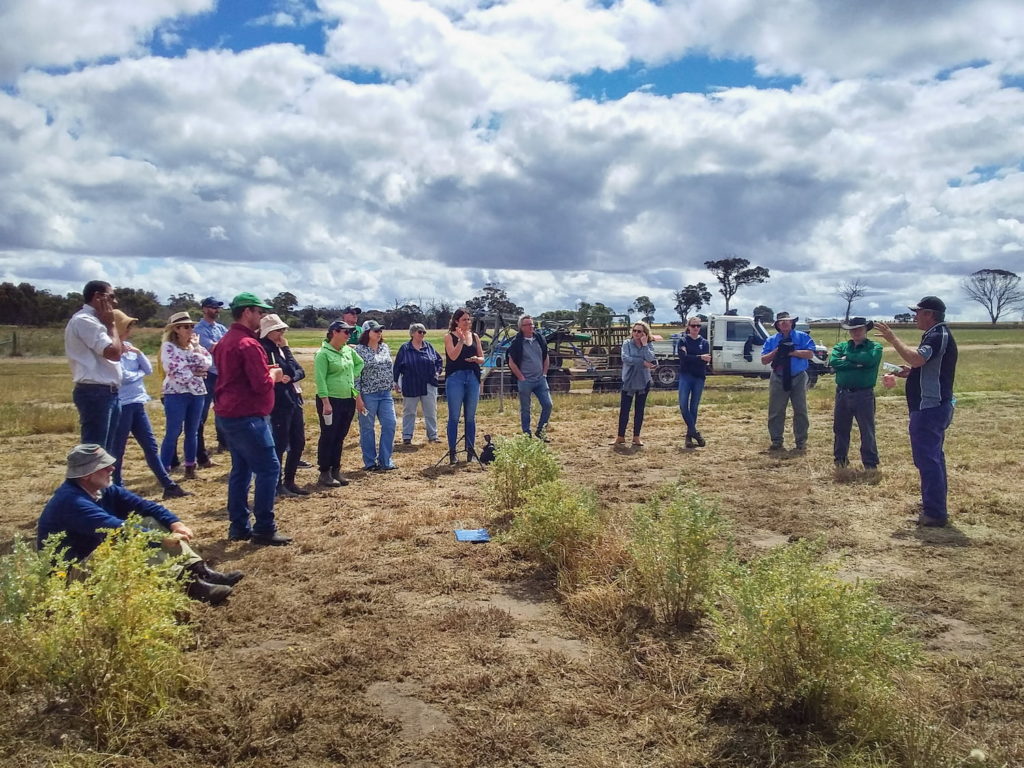
And I also think that landcare has become quite entrenched in Katanning. We’ve been here so long, we’re quite visible, quite active, so many people have been involved. It’s one of those organisations that are the fabric of the town and it’s normalised: that’s what we do, we do landcare around here.”
“The environment is a very, very interconnected thing. If you’re planting a tree, you are helping salinity, you’re helping climate change, you’re helping erosion, you’re helping biodiversity – everything with that one tree. We’ve had an evolution of the major environmental issues that concern the community and we at Katanning Landcare have been able to roll with that and adapt ‒ even though the core of what you do with the environment is the same sort of activities, the focus and how you angle it and how you respond to people’s concerns has been able to change.
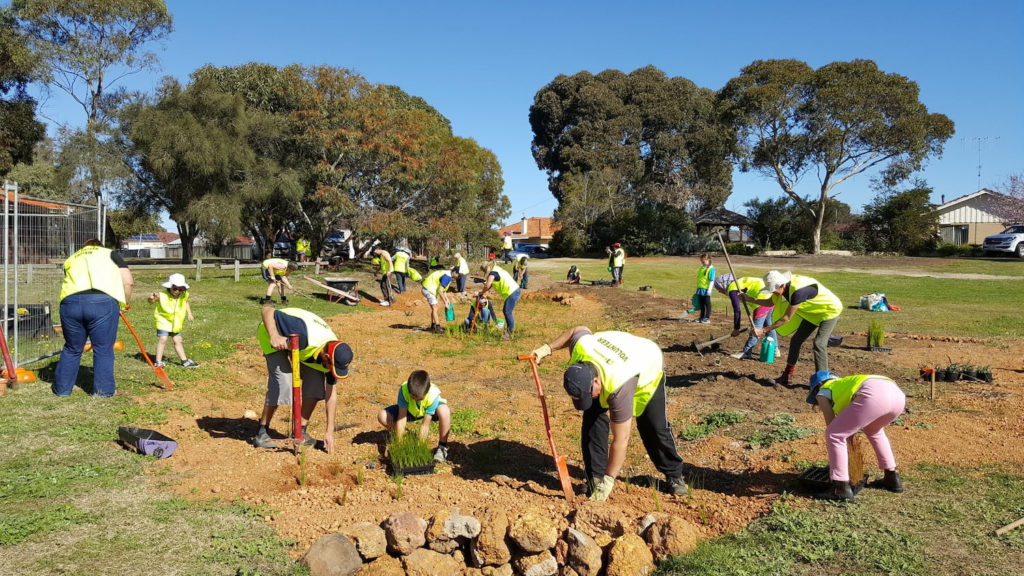
We’ve got so many amazing farmers in Katanning that really value bushland and the health of their environment. We are seeing farmers, of the current generation, who are saying “I remember dad or granddad clearing this” when they had to, or when attitudes towards clearing were quite different, that are now actually trying to revegetate those areas. It’s coming full circle.
Farming machinery and farming techniques have changed over the years which impacts how and where vegetation is placed in the agricultural landscape. So we’re seeing a change in where people are putting it in and how they’re configuring it but our farmers aren’t slowing down in terms of tree planting. There is a massive amount of revegetation going into this area every single year ‒ we’re talking around 100,000 to 250,000 trees going into Katanning every year. And the vast majority of that is on private land, mainly by farmers.”
“Yes, we have a legacy of a massive amount of vegetation loss but I’m really positive about the actions that are being taken. It’s a large amount to fix and it’s never going to be done overnight but steps are going in the right direction. I really feel that it’s farmers’ stewardship driving it ‒ they want to be caring for their land; it’s not forced. I’ve had people say to me “how do you get farmers to plant trees?”, and my response is usually, we’re just trying to keep up with their demands, they’re actually wanting to do more than often we can support them to do! I don’t think that story about farmers and agriculture gets out very well. I think there is this terrible public image that maybe farmers are some sort of environmental vandals, when the vast majority, and particularly those I work with around Katanning, are actually the opposite. They’re wanting to do the right things by their land. Everyone has constraints in place of how much money you’ve got in a year, how much time, and the labour to actually make these changes but the will is there and the action is happening. So I’m really hoping that one day, our figure is going to be a lot higher than only 9% of native vegetation in Katanning – we’re heading in the right direction to do that.
One of the catchment groups I’ve been working with set a goal in 2016 to increase the amount of native vegetation in their particular catchment area by 5% and by the end of 2020 they’d achieved it. Just four years it took them – they worked hard. When you’re seeing farmers setting goals like that, working to them and achieving them, that’s just awesome.”
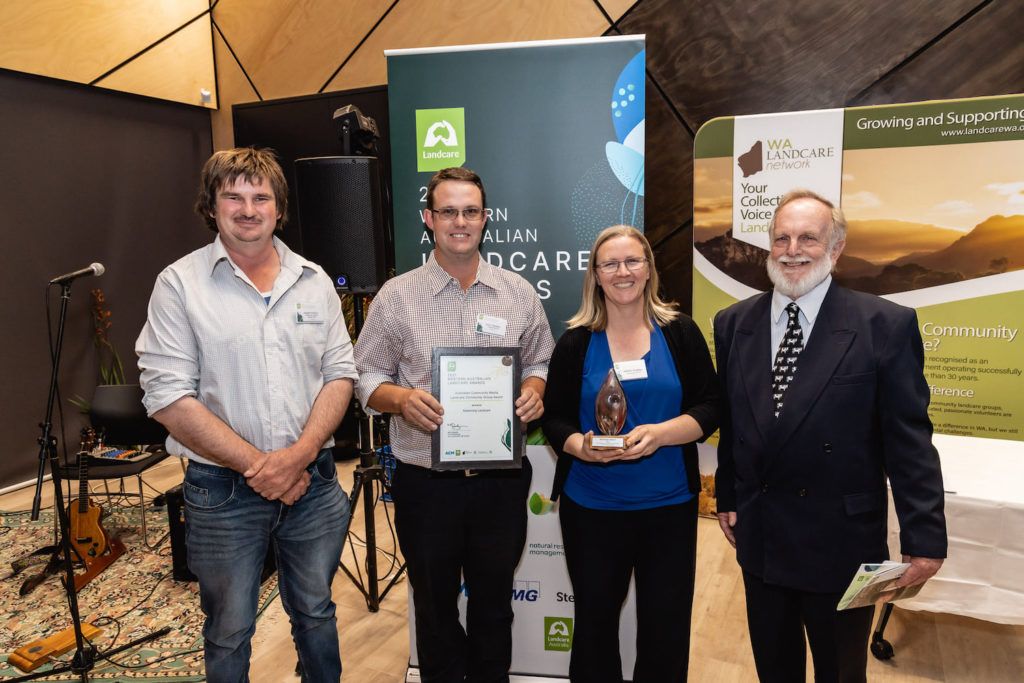
The future
“Looking forward, I think we have a mixed picture – a scary picture but also a picture of hope. We’ll start with the scary first. Climate change is going to be a significant impact on Katanning. We are already seeing a drying trend, and the rain that we are getting is coming in different ways than it used to. We’re not generally getting the steady soaking winter rains of the past; we’re now getting a lot more intense episodic events out of season. This is going to have major impacts on the way we farm. It’s going to have major impacts on water security. And it’s going to have major impacts for animals that rely on water in the landscape, such as through our lakes and our waterways. If we’re not getting the regular filling of the annual lakes, it has implications for migratory birds and species like that. Climate change is threatening Katanning. It is already threatening Katanning. And if it continues to march on the way that the models are showing, it’s quite an uncertain and scary future.
In the very large bushfire that we had in Katanning in February 2020, there were many local volunteer firefighters who after that event said, “I’ve never been in a fire like that before”; “That’s the scariest fire I’ve been in”; “I’ve never fought a fire that behaved like that before”. Things are changing; things are not what they used to be. And if as climate models predict, we’re going to see more fires like that in the future, when our experienced firemen are saying this now, it is scary going forward.
Salinity is still a major issue facing our agricultural land as well as our bush land. Our native vegetation on the lower slopes and on the lower country is being impacted by salinity and we have so many dead, bare trees that have been killed through waterlogging and salinity. That’s going to continue with the change in the water regime around climate change as well. A drying climate actually slows down salinity but these big, major rainfall events, they are filling up the landscape rapidly and quickly in a way that our groundwater doesn’t cope with. And we’re seeing a lot more hillside breakouts of salinity ‒ places where salinity traditionally hasn’t been, throwing us a management curve-ball.
With three main vegetation types located in the Katanning Shire, as the climate dries it’s going to change the suitability of this area for those particular species of trees and associated plants. So we might actually see the perimeter of where one vegetation type stops and the other one starts actually move as the climate dries. How do we prepare for that? How do we manage that? How do we make sure the animals that rely on those ecosystems are able to move with that? I don’t know. It’s a really, really big question. So we have to do our best with the knowledge and the resources that we have.”
“But the other half of the story is the one of hope – particularly living in a community like Katanning that is so engaged in landcare and landcare is so entrenched in what we do. I am continually buoyed by the number of farmers that are tree planting, if not every year, they’re doing it every second year. They’re wanting to fence off their remnant vegetation; they are actively increasing the amount of perennial pastures in their farm systems; they are talking about soil carbon (carbon sequestration into their soil); and are looking at renewable power options. People are not just sticking their heads in the ground.

Can we make these changes fast enough? On the scale we need to? I don’t know, but we’re doing the right things. We’re trying our best. Farmers and rural communities have always been really adaptive, innovative people, and we’re seeing that come through in environmental response too. We’ve been thrown all these challenges but we’re responding, we’re learning and we’re trying. Having a group like Katanning Landcare so established in the town, positioned to try and help with these conversations and with these changes, is also very important going forward. What choices we make and what we do is going to impact the future. If we’re on the right path now that fills me with hope for where we are going to get to. I just hope we get there quick enough.”
